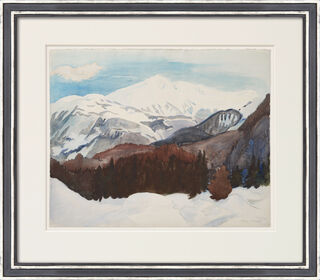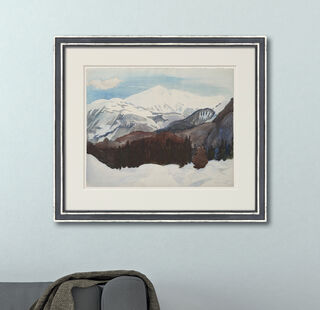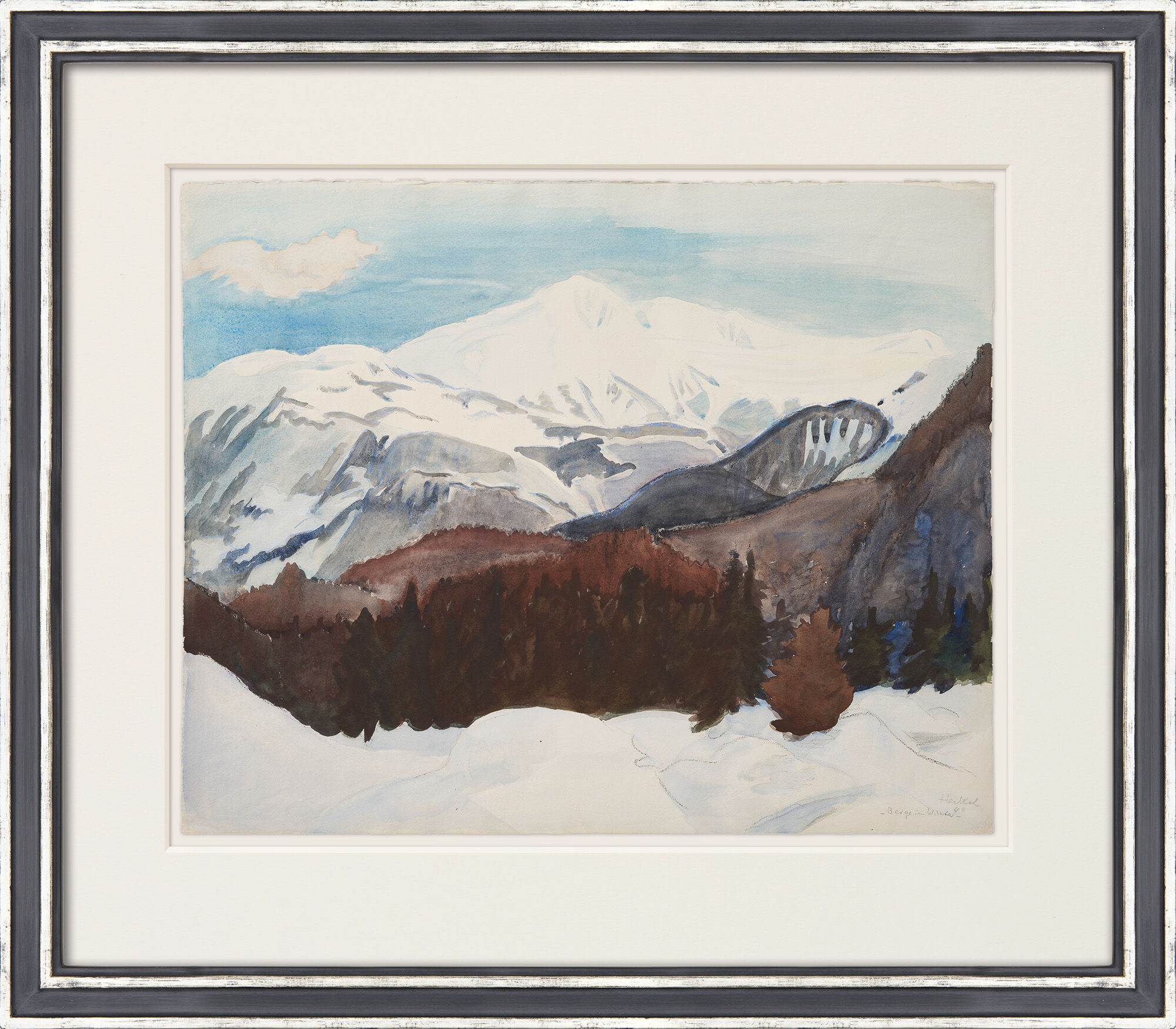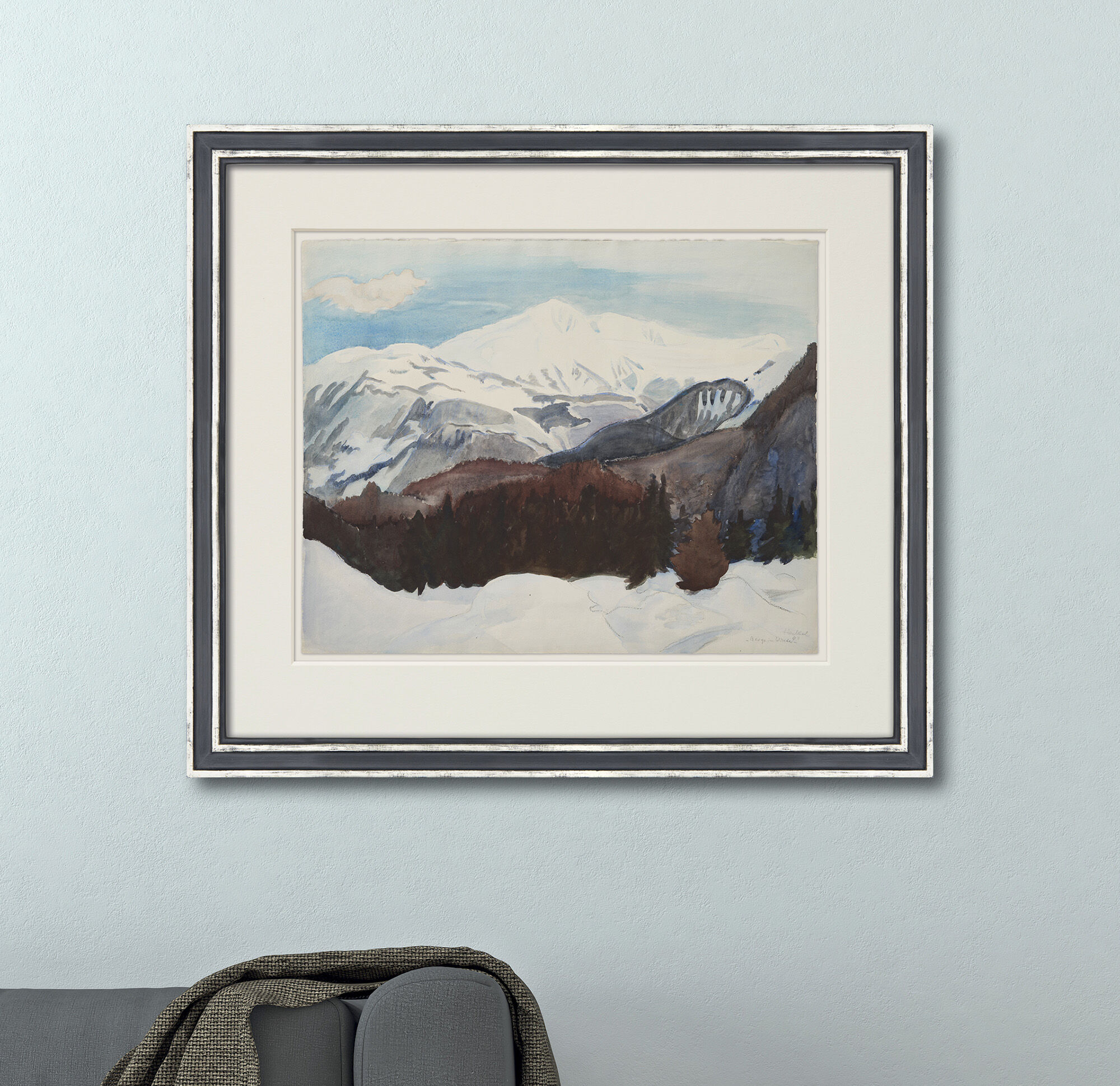Picture "Mountains in Winter" (1948) (Unique piece)


Picture "Mountains in Winter" (1948) (Unique piece)
Quick info
unique piece | signed | dated | titled | watercolour on wove paper | framed | size 80 x 94 cm
Detailed description
Picture "Mountains in Winter" (1948) (Unique piece)
In 1948, Erich Heckel embarked on a journey to Switzerland, during which he created this atmospheric watercolour "Mountains in Winter". From the 1930s onwards, Heckel's work was dominated by landscape painting; he depicted nature in its purest beauty and unspoilt state.
Watercolour and coloured chalk on chamois-coloured wove paper, 1948, signed, dated and titled. Motif size/sheet size 55.5 x 69.3 cm. Size in frame 80 x 94 cm as shown.
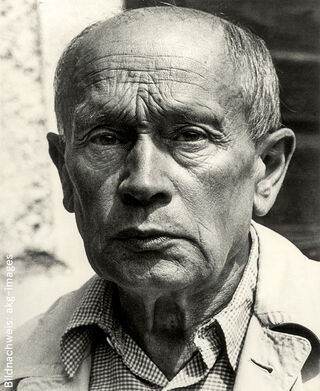
About Erich Heckel
Erich Heckel (1883-1970) is one of the most important artists of German Expressionism. In 1905, together with Ernst Ludwig Kirchner, Karl Schmidt-Rottluff and Fritz Bleyl, he founded the legendary artists' group "Die Brücke" in Dresden, which later Max Pechstein, Emil Nolde and Otto Mueller joined.
After World War I Heckel developed a new, cosmopolitan classicism that was accompanied by a more naturalistic approach and a brightening of the palette. In the 1920s, he produced numerous landscape works, including the unusually large charcoal drawing of the 'Westerholz Mill', which is still a popular touristic destination in Schleswig-Holstein.
Erich Heckel's works are represented in the world's leading museums and collections.
Paintings with glazing watercolours, that are characterised by their transparency, which let deeper layers and painting surfaces shine through.
Often the paper surface is omitted. This contributes significantly to the effect of the work. The aquarelle painting requires skilful use of colour, as it dries quickly and corrections are almost impossible.
A one-of-a-kind or unique piece is a work of art that has been personally created by the artist. It exists only once due to the type of production (oil painting, watercolours, drawing, etc.).
In addition to the classic unique pieces, there exist the so-called "serial unique pieces". They present a series of works with the same colour, motif and technique, manually prepared by the same artist. The serial unique pieces are rooted in "serial art", a type of modern art, that aims to create an aesthetic effect through series, repetitions and variations of the same objects or themes or a system of constant and variable elements or principles.
In the history of arts, the starting point of this trend was the work "Les Meules" (1890/1891) by Claude Monet, in which for the first time a series was created that went beyond a mere group of works. The other artists, who addressed to the serial art, include Claude Monet, Piet Mondrian and above all Gerhard Richter.

